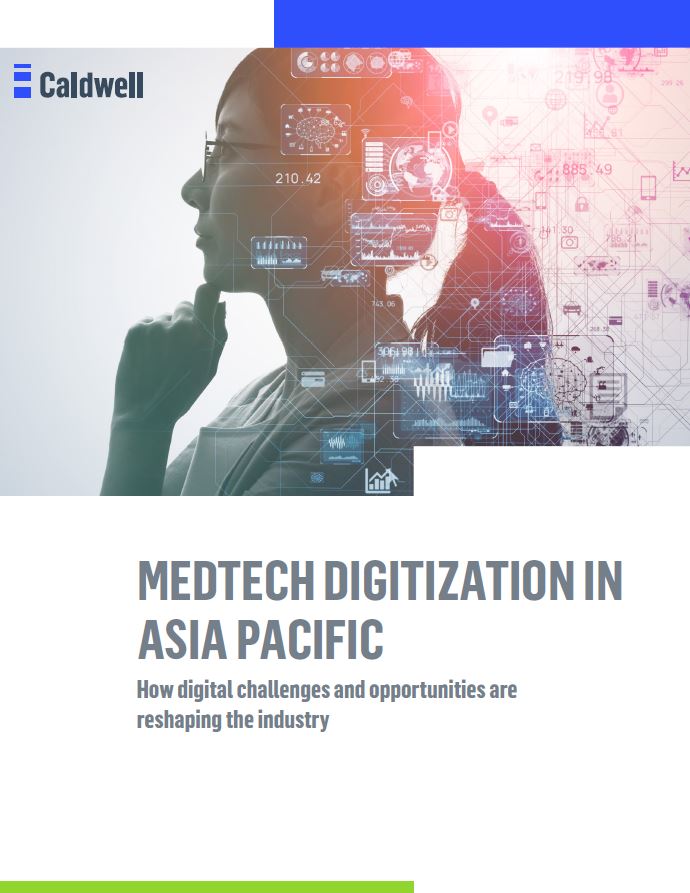How digital challenges and opportunities are reshaping the industry
The health ecosystems of Asia Pacific are set to go through the most dramatic transformation in their history over the coming decade.
Why?
One of the root causes is demographic change. By 2027, it is estimated that there will be more than half a billion people aged 65 and over in the region, and countries will struggle to meet the needs of their ageing populations with existing models of care. Meanwhile, staff shortages and skill gaps are growing. The World Health Organization projects a shortfall of 9.9 million physicians, nurses, and midwives globally by 2030, with some of the worst affected countries located in Asia.
At the same time, change is being driven and enabled by innovative digital technologies and the opportunities they offer for governments and providers to think differently about when, where and how quality healthcare is delivered.
Taken together, these contrasting forces have the potential to put Asia Pacific at the forefront of global digital health trends. The region’s developing healthcare landscape will represent more than 40% of growth in global healthcare spending over the next decade – expanding at a rate almost double that of the rest of the world. And the pandemic has caused providers and manufacturers to accelerate their adoption of new ways of operating.
To learn more about the changes ahead, and the transformation journeys companies have embarked on to remain competitive, we asked industry leaders, including prominent thought leaders, and senior executives in both global and regional roles in MedTech from Asian, European and American companies, to share their perspectives on the impact of digital technology in the MedTech industry in APAC.
Download our latest whitepaper for insights into how APAC differs from the rest of the world in terms of digital innovation in healthcare, how to set your organization up for digital success, what digital transformation means for your business functions and more.
